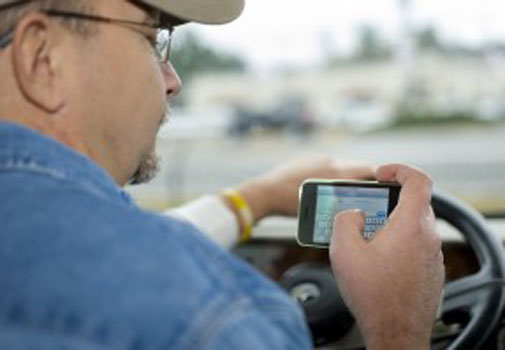Distracted Driving
Each day in the United States, more than 9 people are killed and more than 1,153 people are injured in crashes that are reported to involve a distracted driver. Distracted driving activities include things like using a cell phone, texting, and eating. Using in-vehicle technologies (such as navigation systems) can also be sources of distraction. While any of these distractions can endanger the driver and others, texting while driving is especially dangerous because it combines all three types of distraction.
- In 2012, 3,328 people were killed and 421,000 were injured in distraction-affected crashes.
- The average text read or typing is 4.6 seconds. Just three seconds of texting while driving at 65 mph is equal to driving 100 yards, or the length of a football field, blindfolded.
- Headset cell phone use is not substantially safer than hand-held use.
- Text messaging creates a crash risk 23 times worse than driving while not distracted
- Parents who engage in distracting behaviors more frequently have teens who engage in distracting behaviors. Teens read or send text messages once a trip 26 times more often than their parents think they do.
Hands-free is Not Risk-free
An Estimated 1 in 4 Car Crashes Involves Cell Phone Use
With some state laws focusing on handheld bans and carmakers putting hands-free technology in vehicles, it’s no wonder people are confused. However, while many drivers honestly believe they are making the safe choice by using a hands-free device, it’s just not true. Your brain remains distracted by the conversation. Learn more about distracted driving.
Employers are Being Held Liable for Cell Phone Crashes
Responsible employers protect their employees from unnecessary risks. Allowing employees to use cell phones while driving is letting them be four times as likely to crash. Employers are being held liable up to $25 million for employee crashes, even when employees are using hands-free devices.
Multitasking is a myth
Driving and cell phone conversations both require a great deal of thought. When doing them at the same time, your brain is unable to do either well. For example, it’s nearly impossible to read a book and have a phone conversation. While driving, this often results in crashes due to delayed braking times and not seeing traffic signals.







No comments yet.